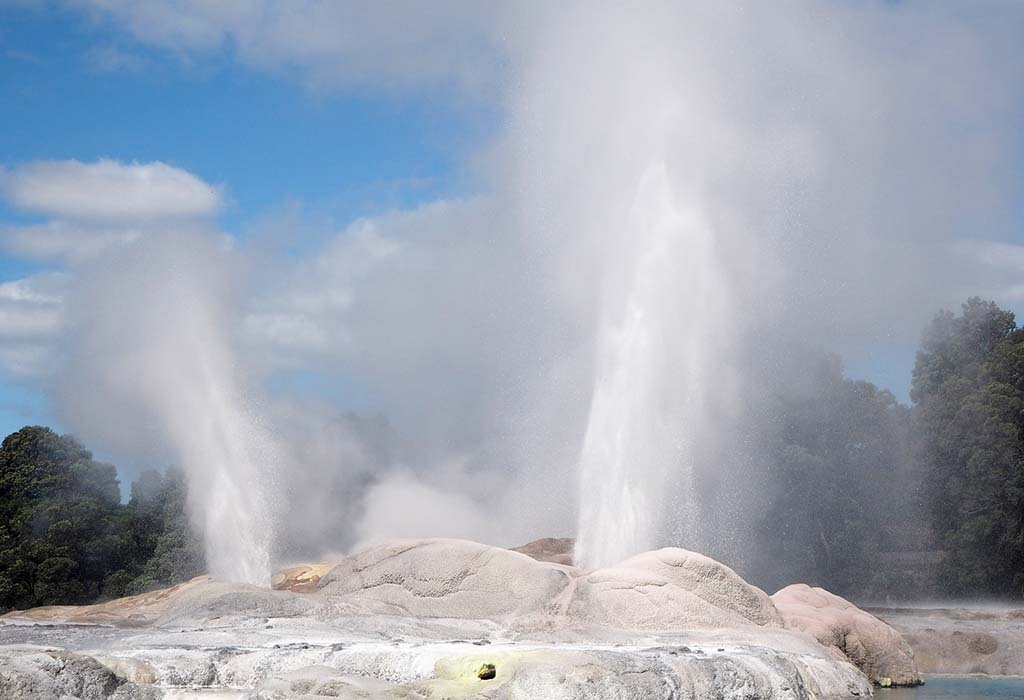The smells of space: the planets
When you take a deep breath here on Earth what do you smell? If you’re outside, perhaps it’s clean fresh air. If you’re on a bus it might be the pungent odour of the person sitting next to you. Whatever you’re inhaling, it’s sure to smell a lot better than the options available on some of the other planets in our solar system.
Mars is made up primarily of iron, magnesium, sulfur, acids and CO2. Humans can’t breathe on Mars, which is probably a good thing because it stinks. Based on the make-up of the planet and atmosphere, researchers have concluded that Mars smells like rotten eggs.

Jupiter, that giant planet of swirling gas, smells different depending on which layer you’re inhaling. The lighter layers of gas smell like ammonia (think cleaning products and urine), and a little deeper, it’s ammonia as well as rotten egg. As you (theoretically) travel to the heavier layers, you’ll encounter hydrogen sulfide (the rotten egg culprit), and then hydrogen cyanide, the smell of which has been likened to bitter almonds, or marzipan (yum?).
And what about Uranus, the universal butt of all jokes? (Sorry, couldn’t resist.) The planet’s outermost layers are mostly made up of hydrogen and helium, which are pretty much odourless. It does have around 2 per cent methane, which is stinky, but there’s not really enough to affect the overall odour of the planet. Hang on, I hear you say, what about all those great ‘Uranus smells like...’ puns?! Sorry, it really doesn’t have much of a tang at all. However, if you travelled deeper into the icy giant, you’d encounter traces of other gases, such as hydrogen sulfide, ammonia, methane and carbon dioxide, before arriving at a metallic sea of liquid ammonia, water and methane. With such a combination of compounds deep within the planet, perhaps there’s just enough of a tang to justify all those fart puns after all.
Our close neighbour Venus smells like—yep, you guessed it—rotten eggs (thanks once again to sulfur dioxide).
But since no human has directly visited any of these planets, how do we know how they smell? Researchers use a range of methods, including studying their chemical composition and using techniques such as spectroscopy, which detects individual wavelengths of light emitted by particular molecules. Hydrogen, oxygen, methane, nitrogen etc. all have their own unique light-emitting fingerprints. So when researchers look at sunlight bouncing off planetary atmospheres, they can match these fingerprints to their corresponding gas, learning not just which gasses are in the atmosphere, but also their abundance.





